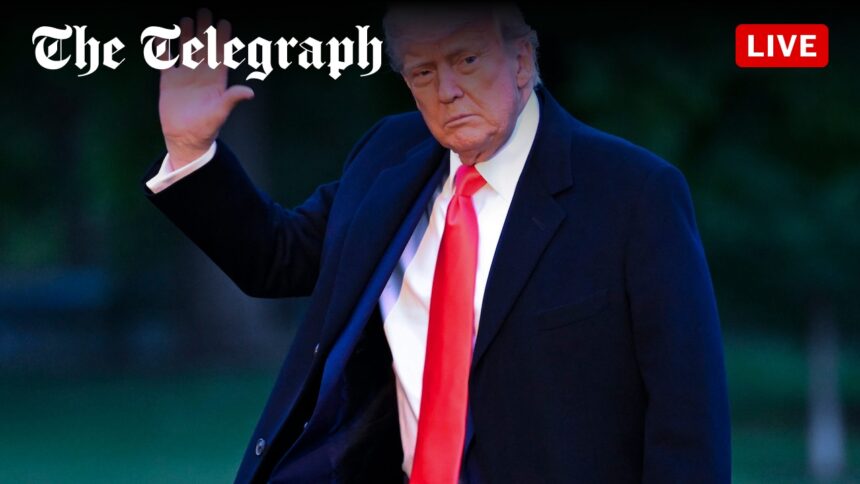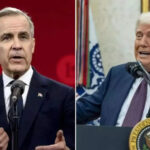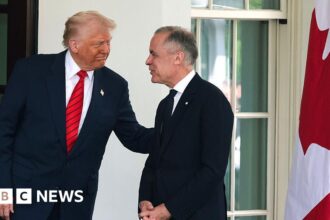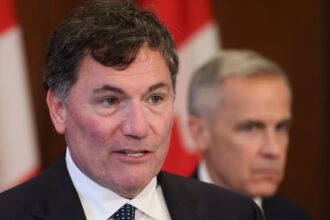In a move that has sent shockwaves through global financial markets, President Donald Trump announced plans to impose sweeping 50% tariffs on European Union imports beginning January 2025, dramatically escalating the already tense trade relationship between the United States and its European allies.
Speaking from his Mar-a-Lago estate yesterday, Trump declared that European trade practices have been “unfair and destructive to American workers” for decades, promising his new tariff plan would “level the playing field once and for all.” The announcement, which caught many EU officials off guard, represents a significant intensification of the administration’s protectionist stance.
“We’ve been the piggy bank that everybody’s been robbing for the last 50 years,” Trump stated. “The days of Europe taking advantage of American generosity are over.”
European markets responded with immediate concern, with the Stoxx Europe 600 index dropping 2.8% following the announcement. Germany’s DAX fell 3.2%, reflecting particular vulnerability in Europe’s largest economy, which relies heavily on exports to the American market. The euro also weakened against the dollar, trading down 1.3% at $1.06.
EU Commission President Ursula von der Leyen quickly responded, calling the proposed tariffs “deeply troubling” and warning they would inevitably trigger retaliatory measures. “The European Union stands ready to defend its economic interests if these misguided policies are implemented,” von der Leyen said during an emergency press conference in Brussels.
Economic analysts at Goldman Sachs estimate that the proposed tariffs could reduce EU GDP by as much as 0.8% in the first year of implementation, with Germany, France, and Italy bearing the brunt of the impact. Particularly vulnerable sectors include automotive manufacturing, which accounts for over €40 billion in annual exports to the US, along with machinery, pharmaceuticals, and luxury goods.
The timing of Trump’s announcement appears strategic, coming just weeks before crucial trade negotiations between Washington and Brussels were scheduled to begin. Some political observers suggest this represents Trump’s preferred negotiating tactic of creating leverage through extreme initial demands.
“This is classic Trump – start with a maximalist position and then negotiate downward,” explained Dr. Jennifer Coates, professor of international trade at McGill University. “The question is whether EU leaders will play along with this approach or take a hard line of their own.”
For Canada, the implications remain uncertain. While not directly targeted by these specific tariffs, Canadian businesses with integrated supply chains spanning North America and Europe could face significant disruptions. Additionally, any retaliatory measures from the EU could potentially include Canadian products if they’re perceived as benefiting from preferential access to the US market.
Financial markets globally have responded with heightened volatility. Wall Street indices showed mixed reactions, with the Dow Jones Industrial Average falling 1.2% while technology-heavy NASDAQ managed a modest gain of 0.3%, suggesting investors are recalibrating their sector allocations in anticipation of a potential trade war.
The proposed tariffs represent a significant escalation from previous trade tensions under Trump’s first administration, when the focus was primarily on steel and aluminum imports. This broader approach targeting virtually all European imports signals a more comprehensive attempt to reshape the transatlantic economic relationship.
The political ramifications extend beyond economics. NATO Secretary-General Mark Rutte expressed concern that deteriorating economic relations could undermine security cooperation at a time of heightened global tensions. “Our collective security depends on strong partnerships across all domains – economic, diplomatic, and military,” Rutte noted.
As world leaders prepare for emergency consultations, the question remains: is Trump’s tariff threat a negotiating tactic or the beginning of a fundamental restructuring of global trade relationships? The answer may determine the trajectory of the global economy for years to come.

























